
One With The Birds
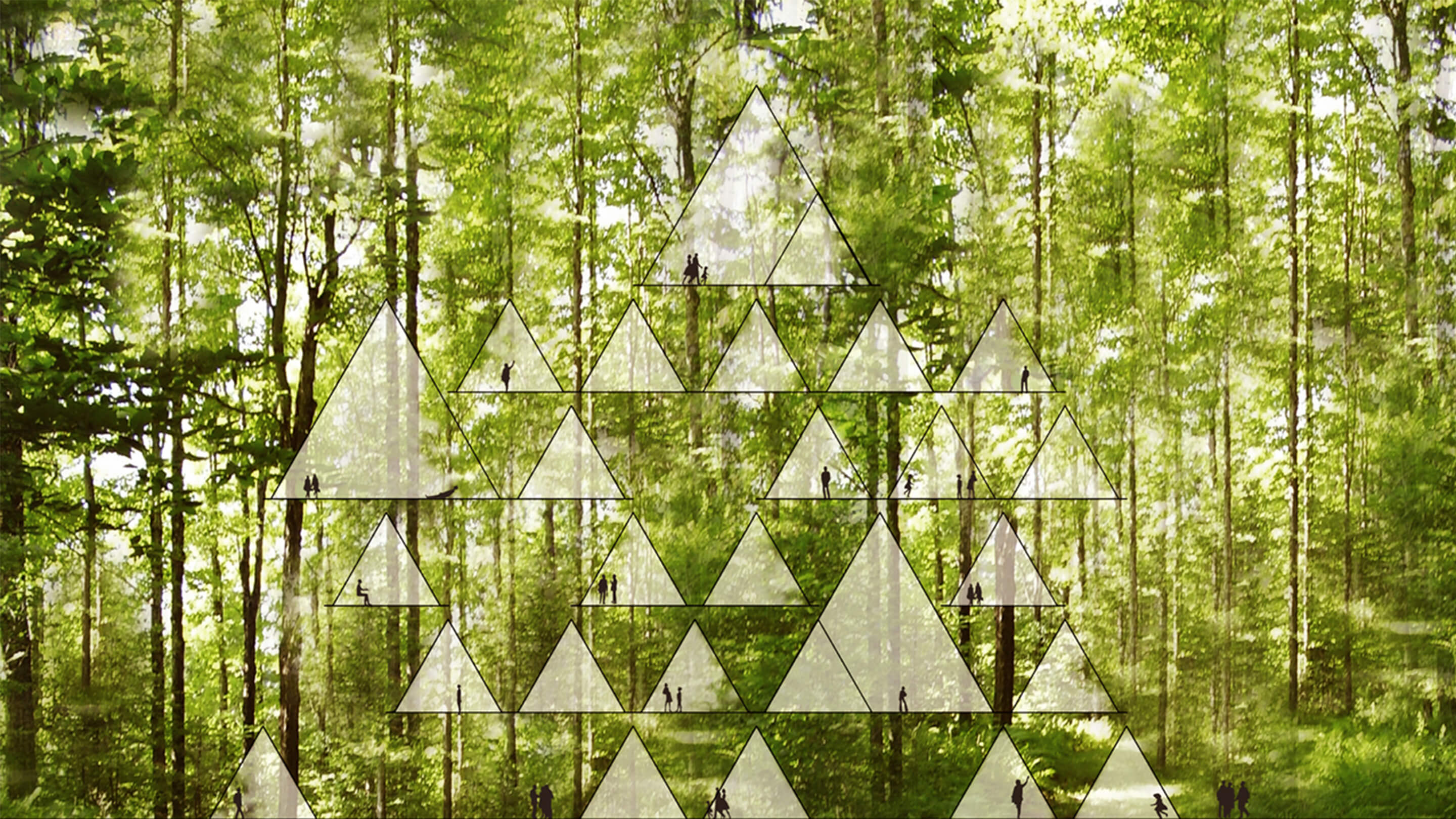
One With The Birds
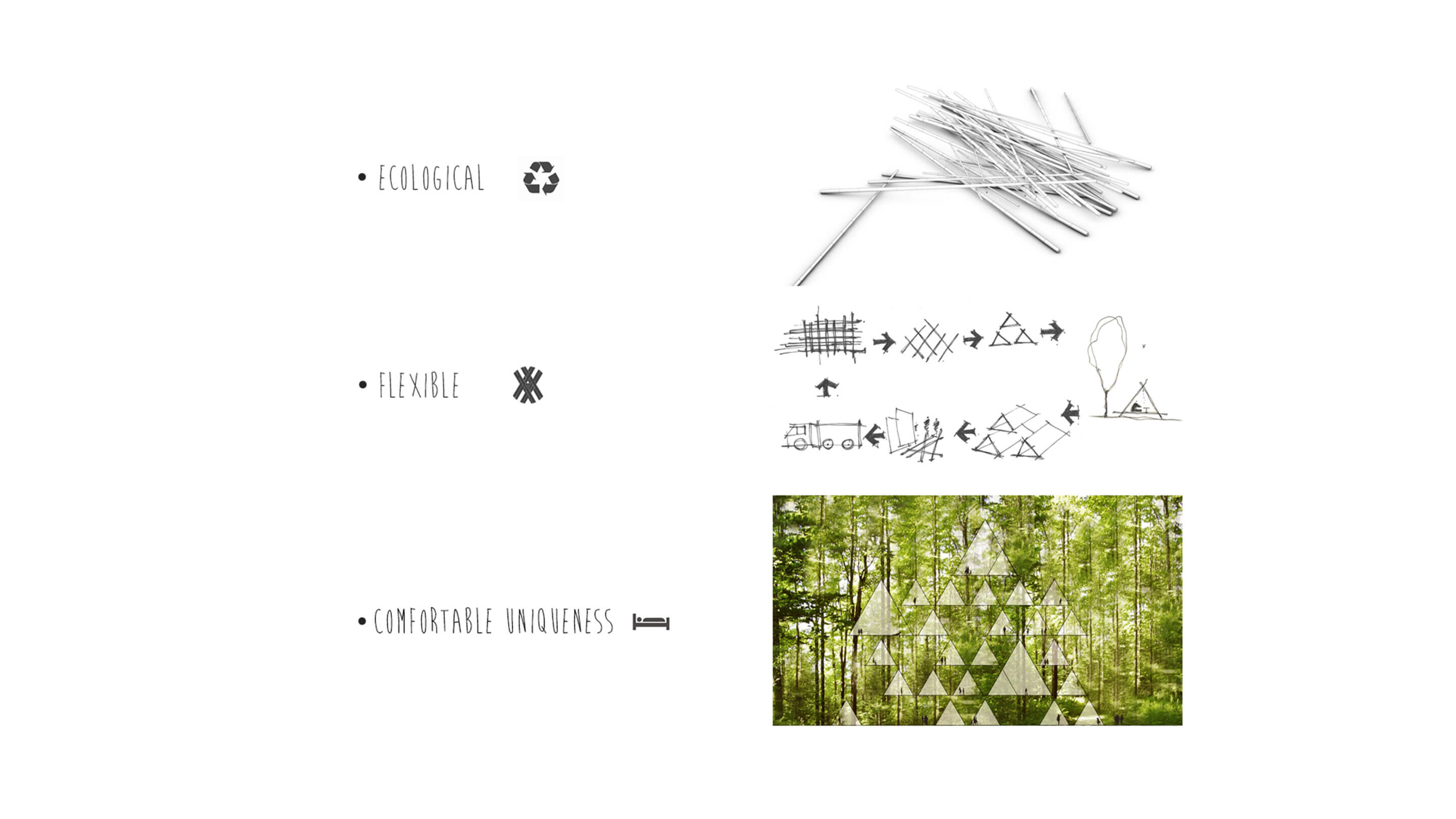
One With The Birds

One With The Birds

One With The Birds
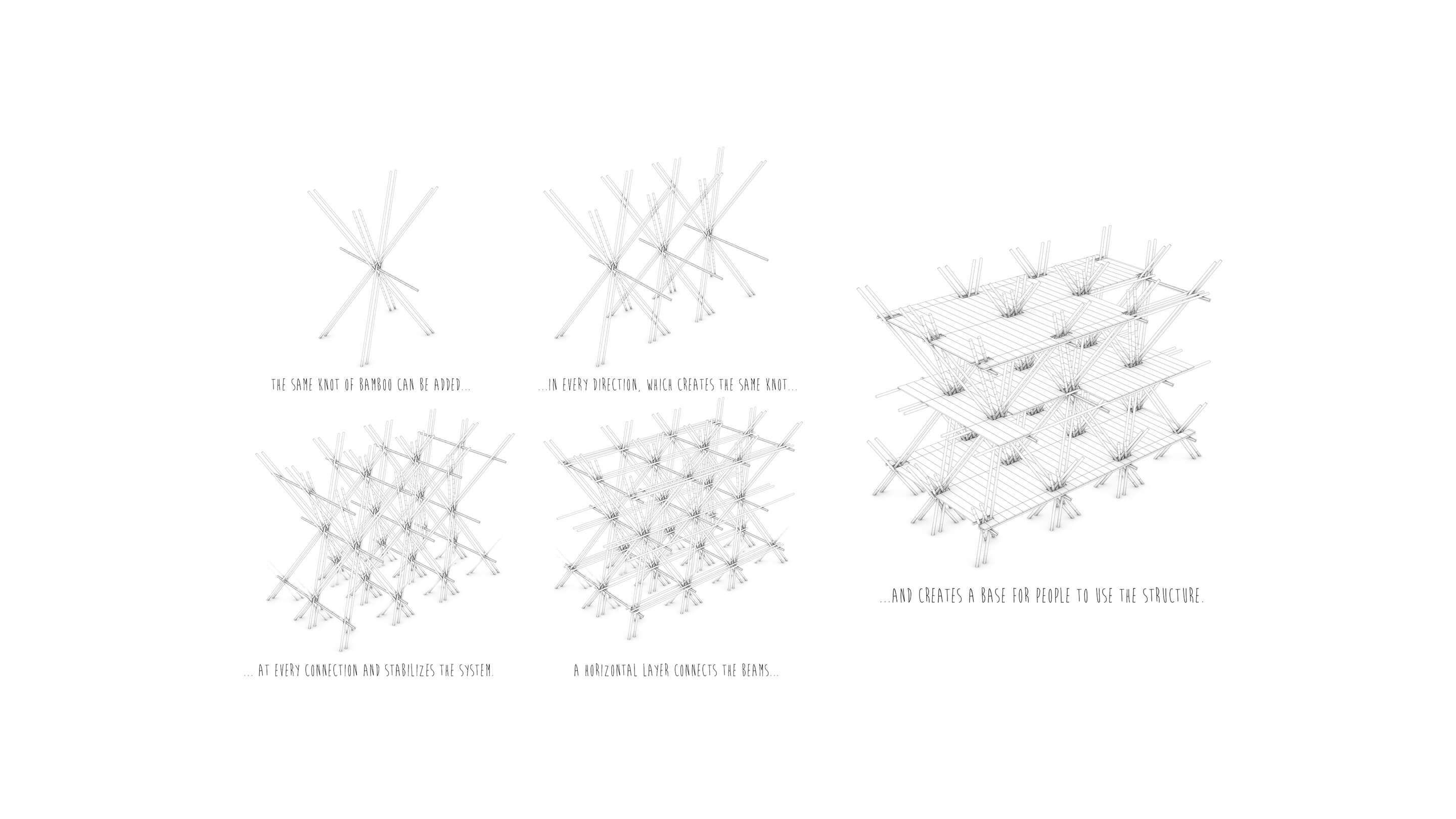
One With The Birds
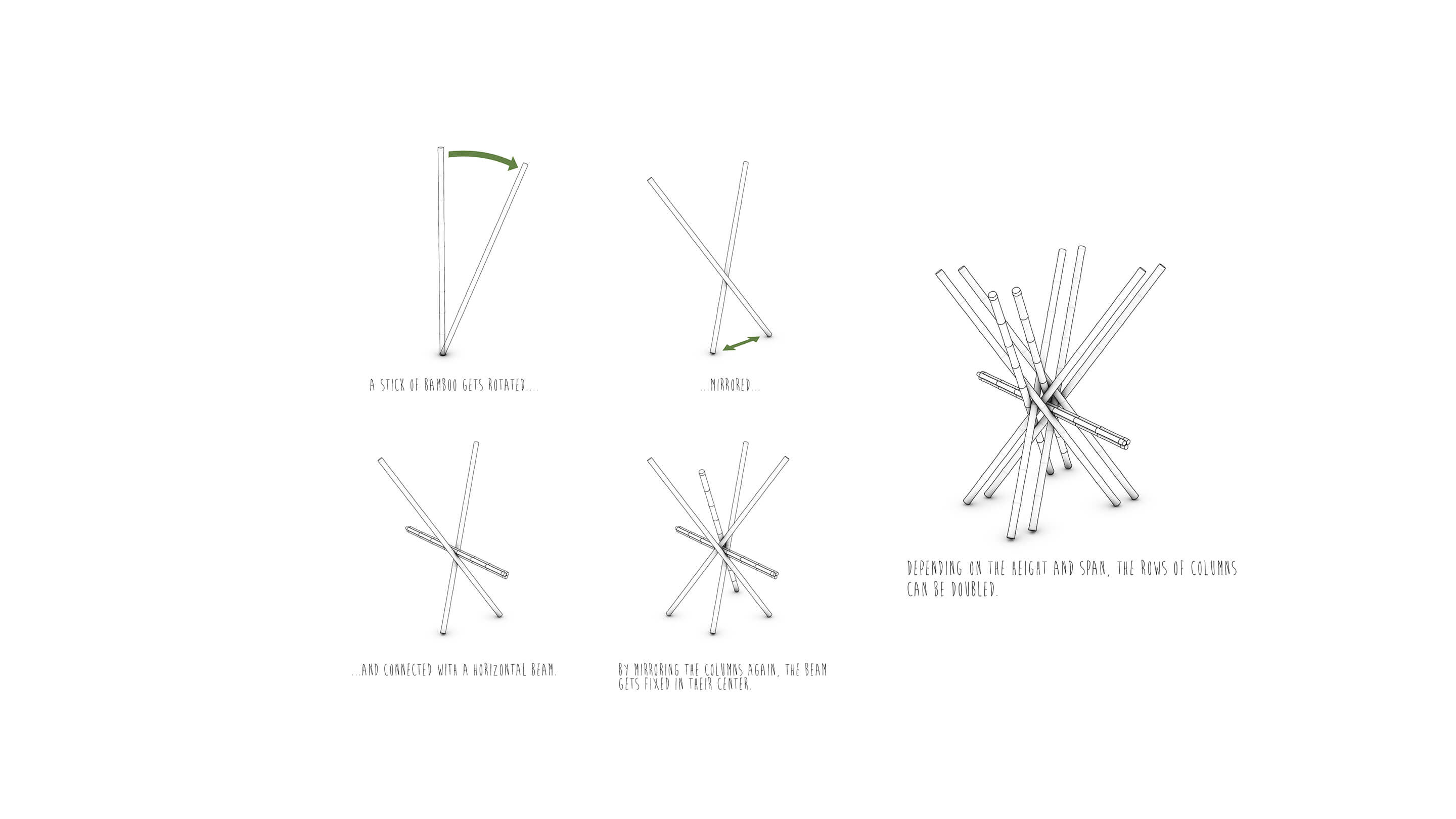
One With The Birds
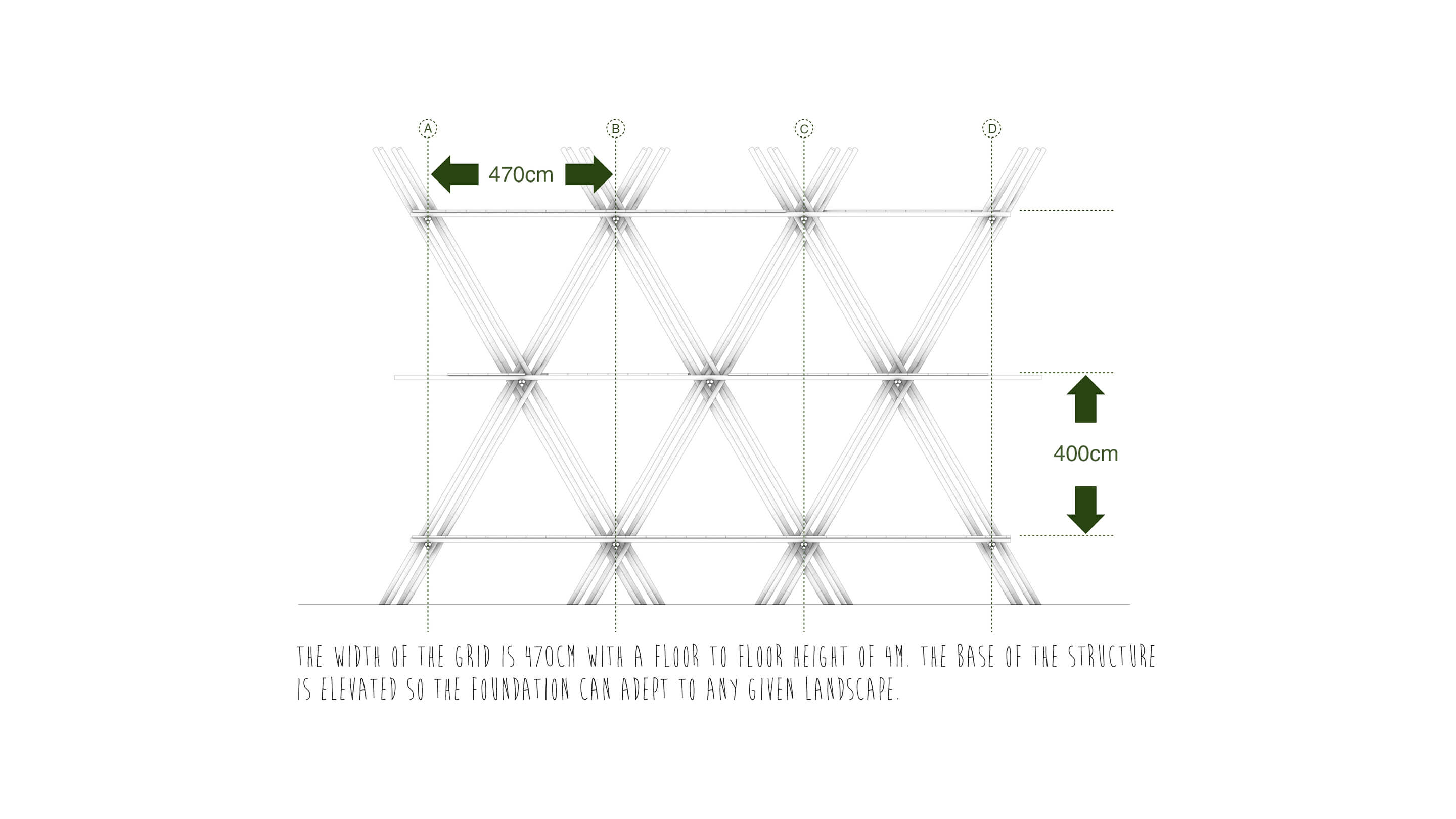
One With The Birds
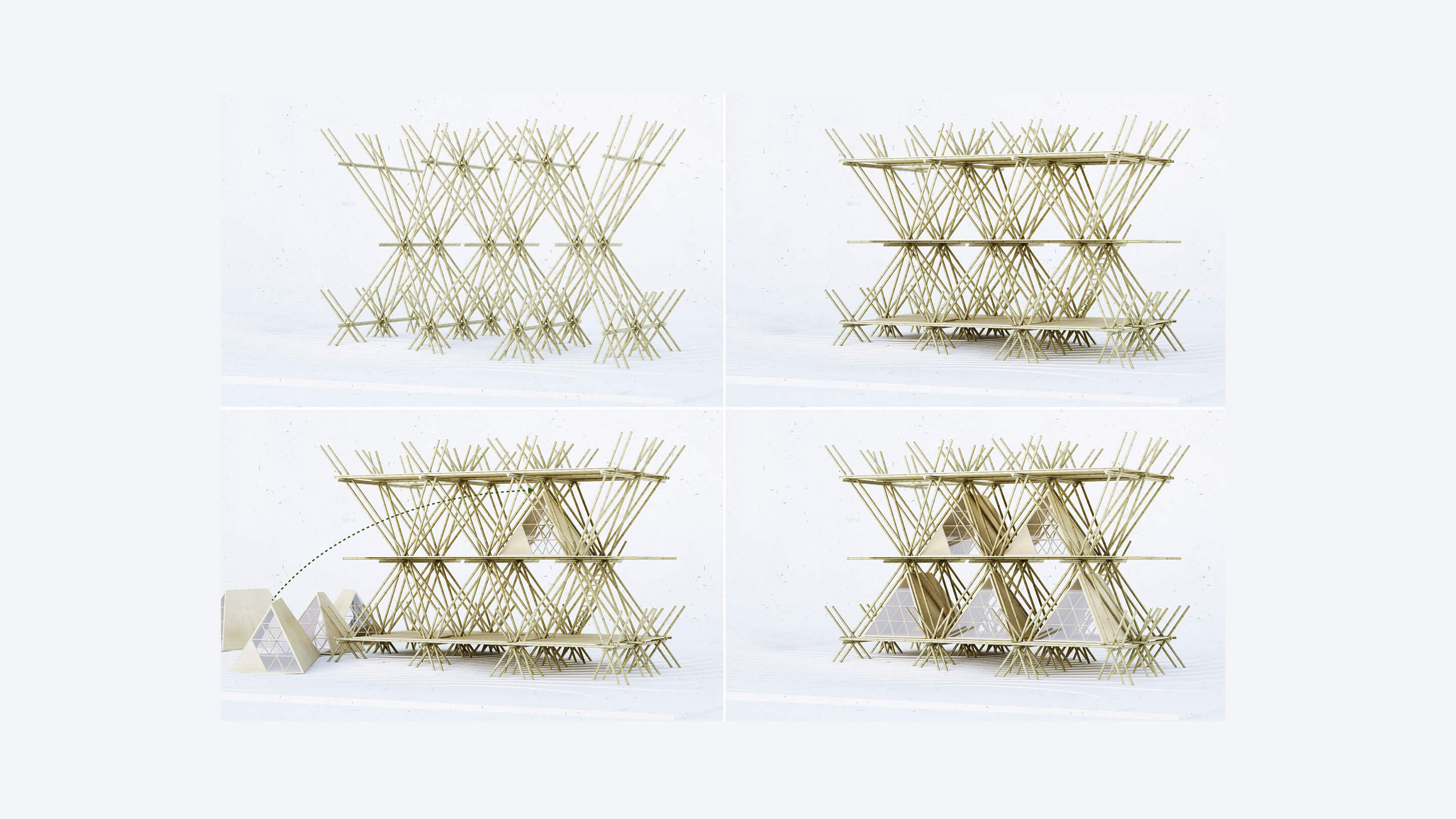
One With The Birds
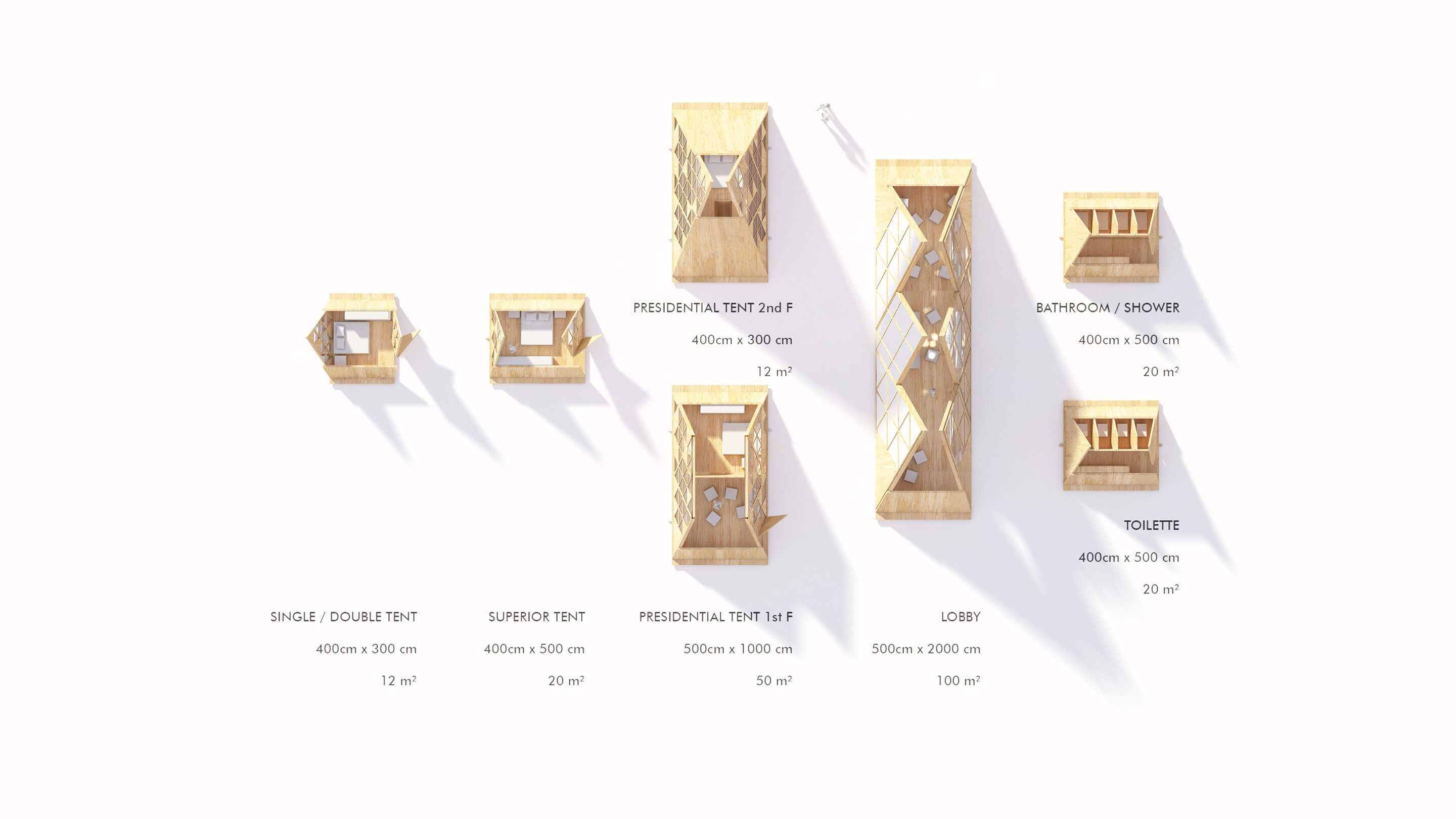
One With The Birds

One With The Birds
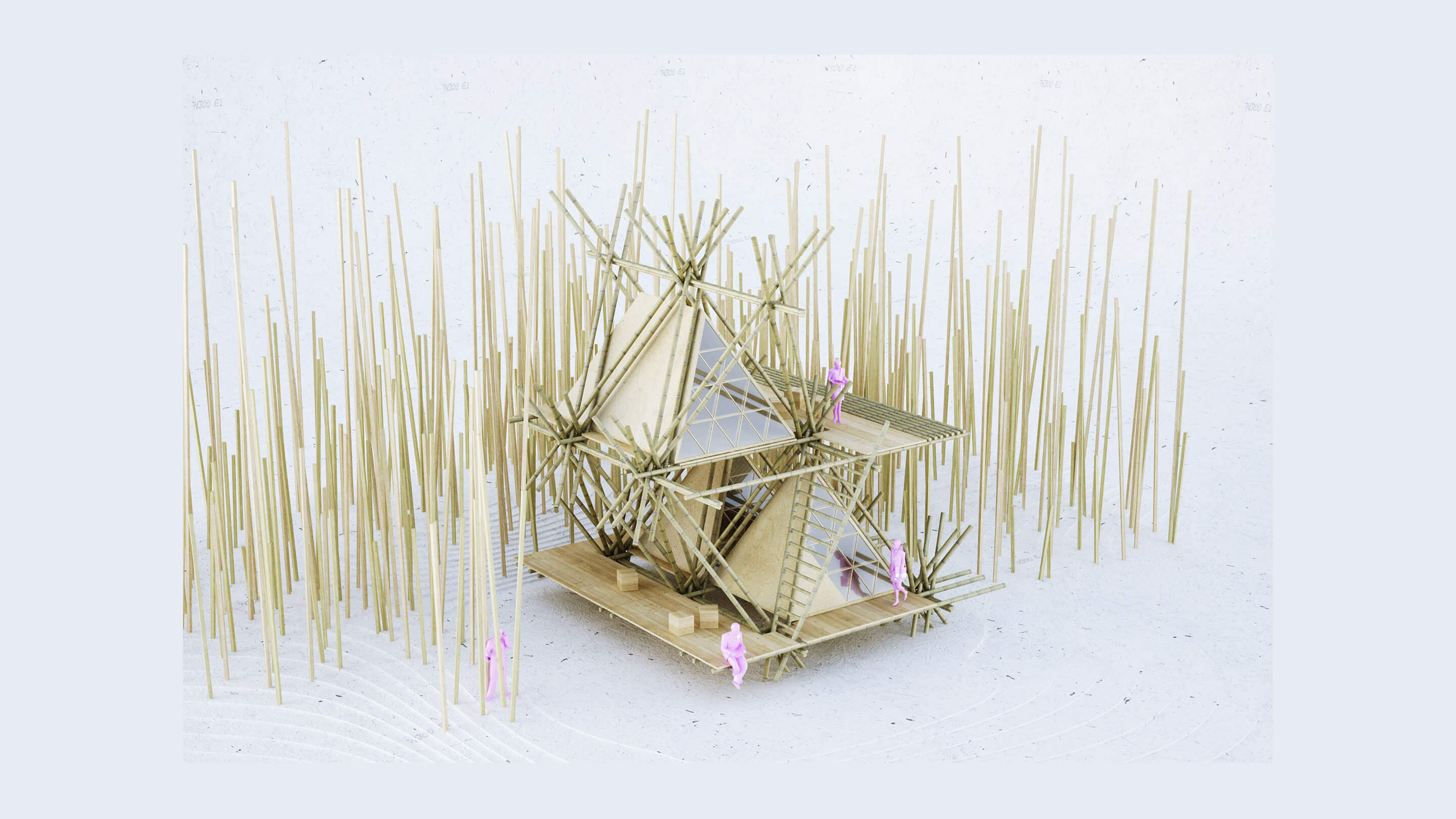
One With The Birds

One With The Birds

One With The Birds
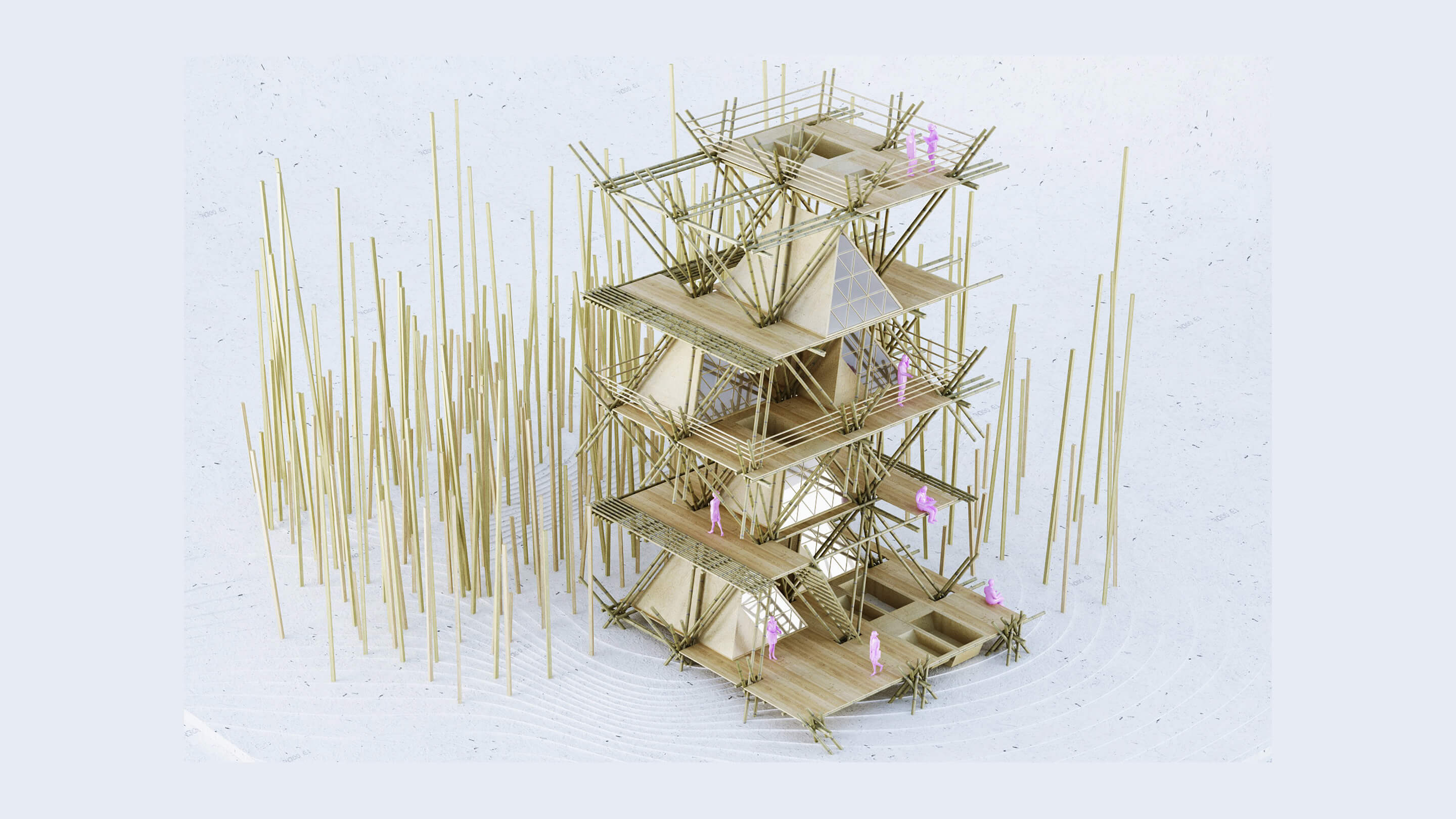
One With The Birds

One With The Birds
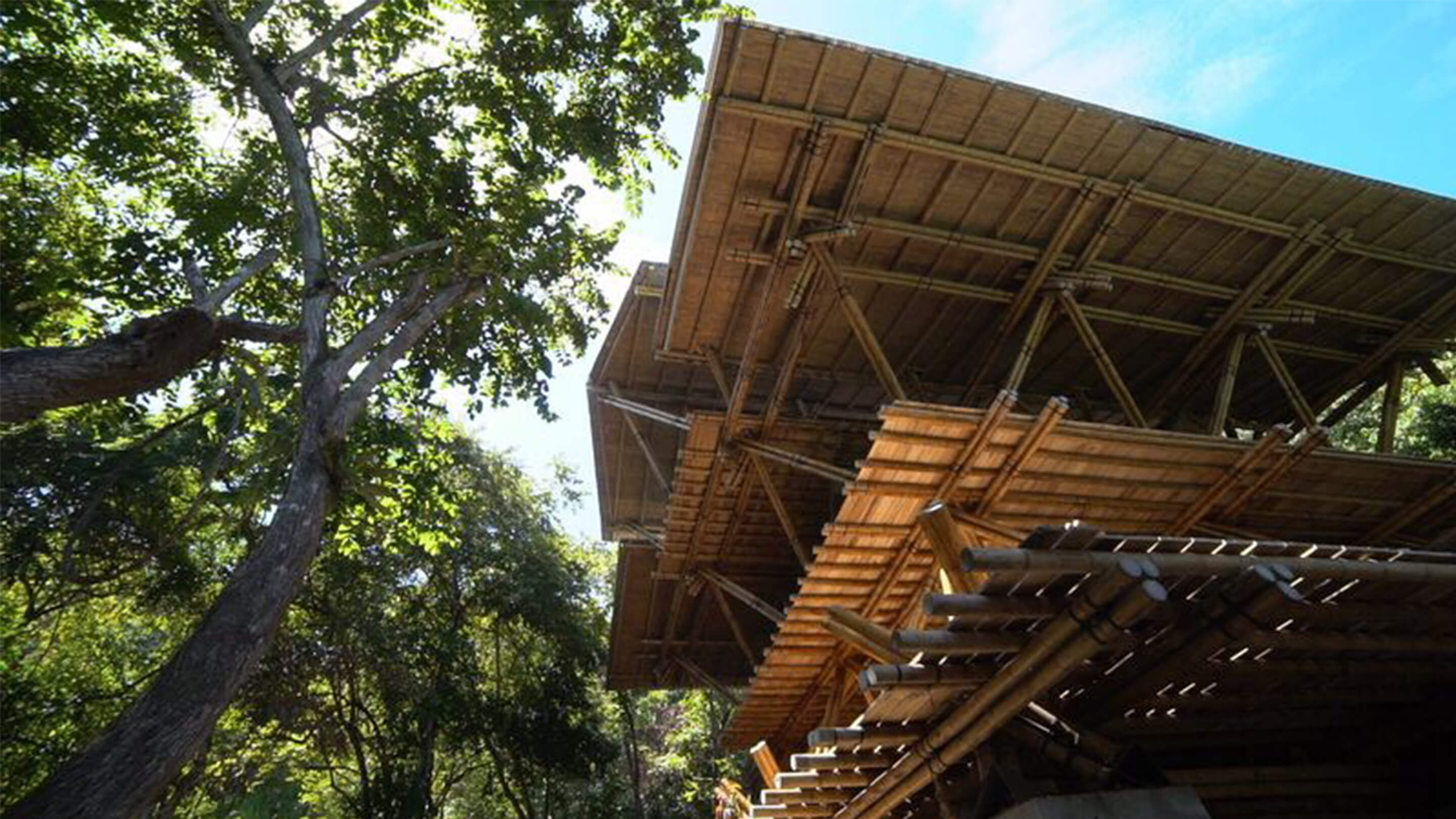
One With The Birds
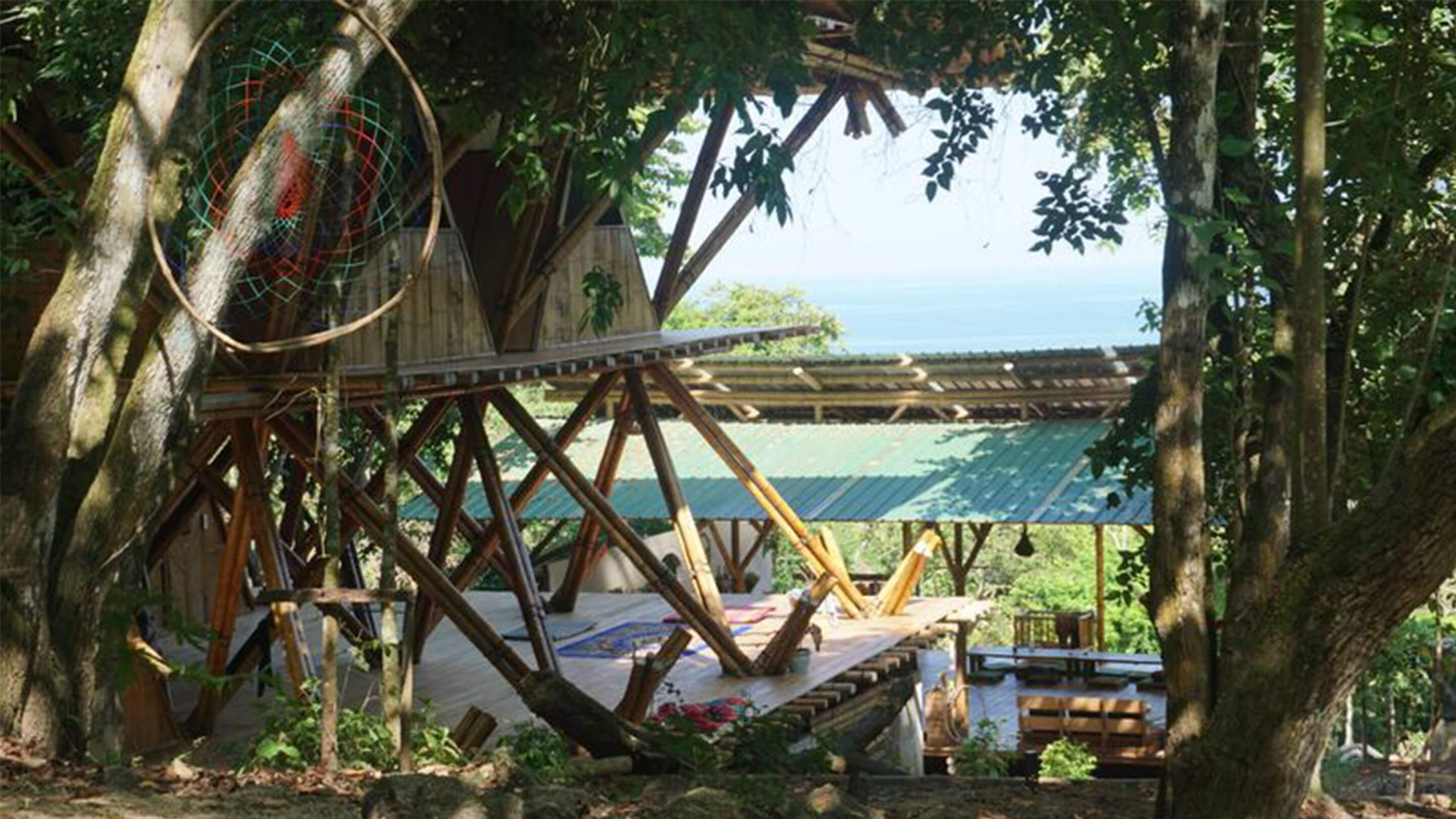
One With The Birds
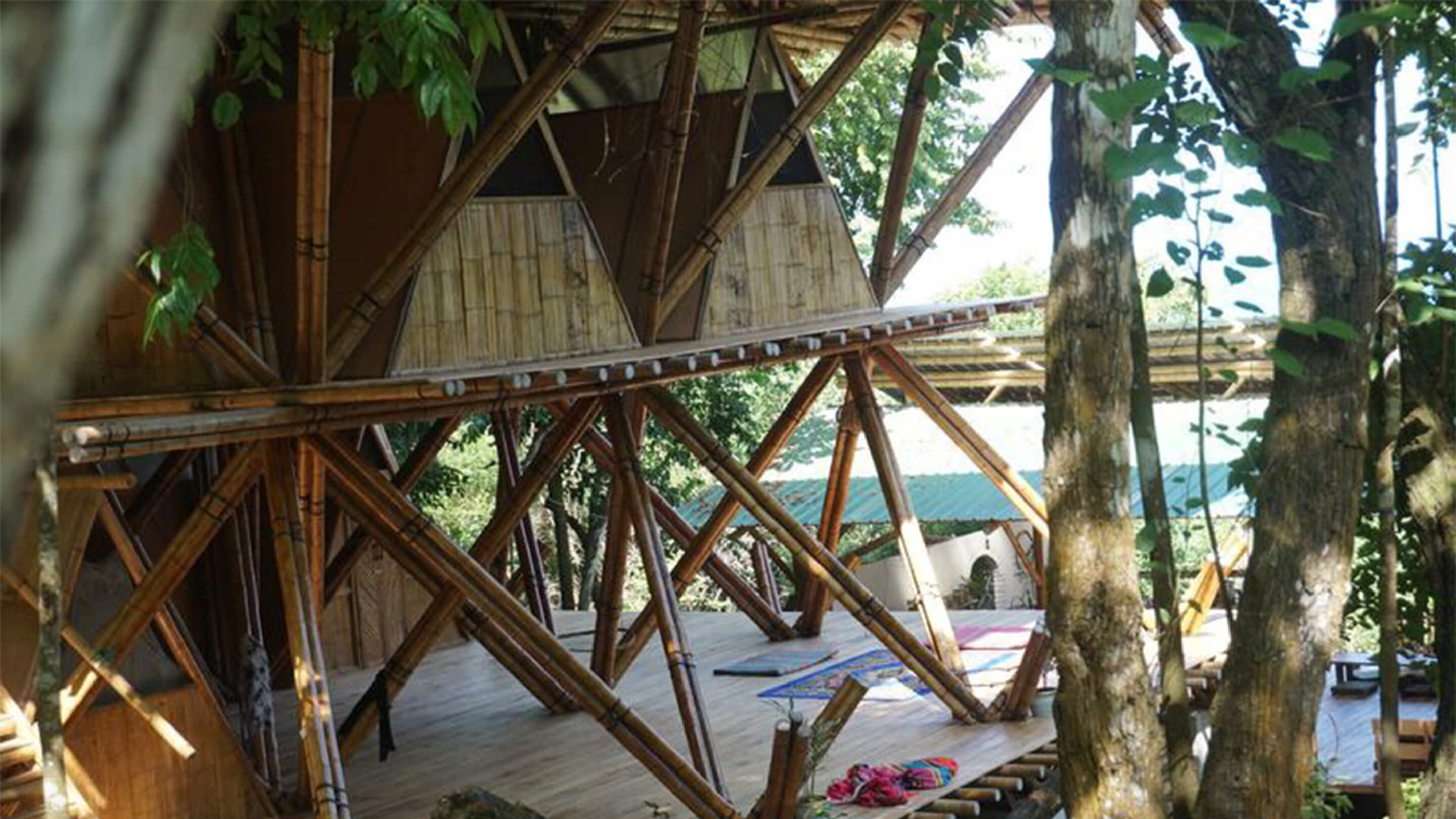
One With The Birds
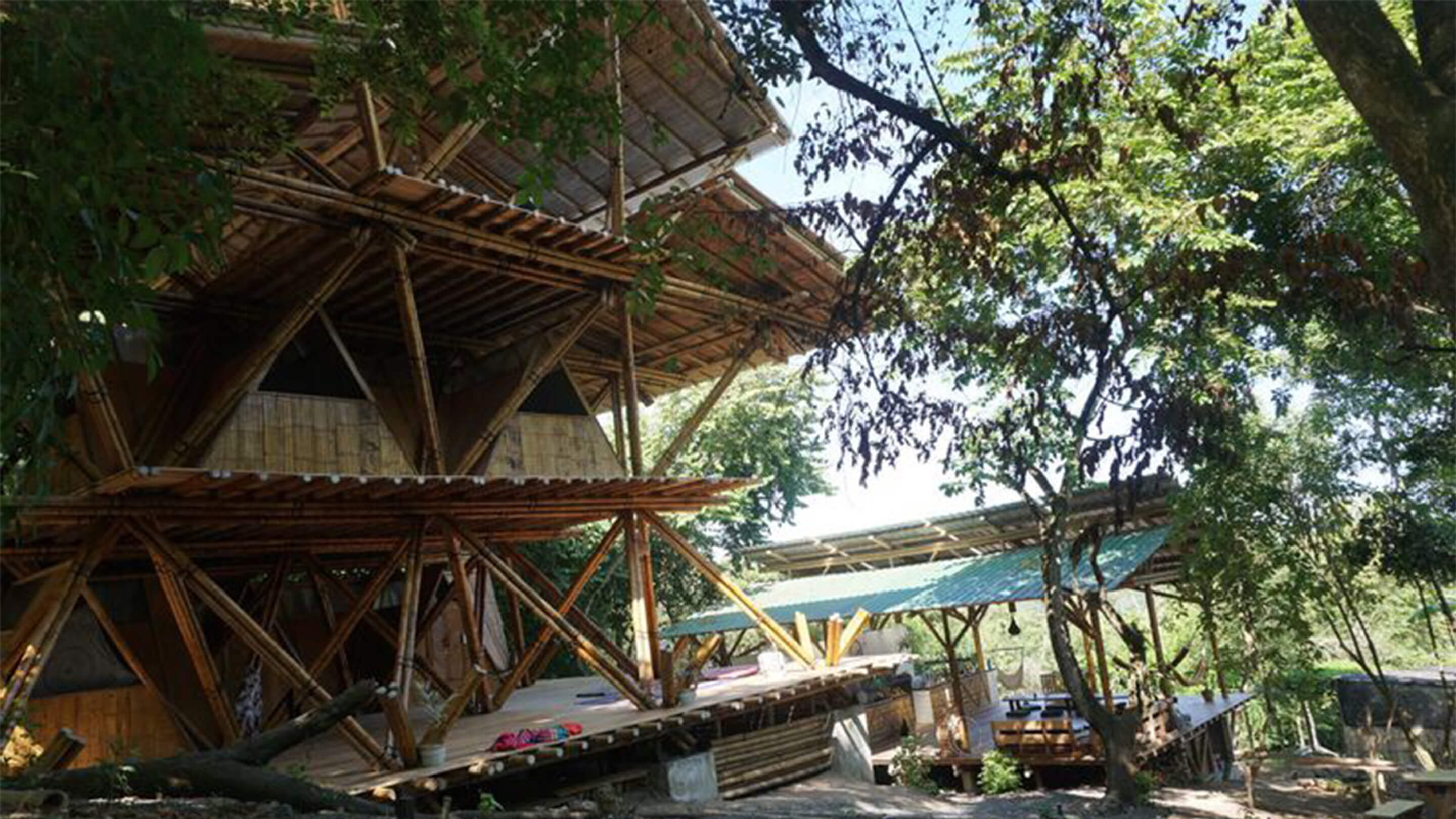
One With The Birds

One With The Birds

One With The Birds
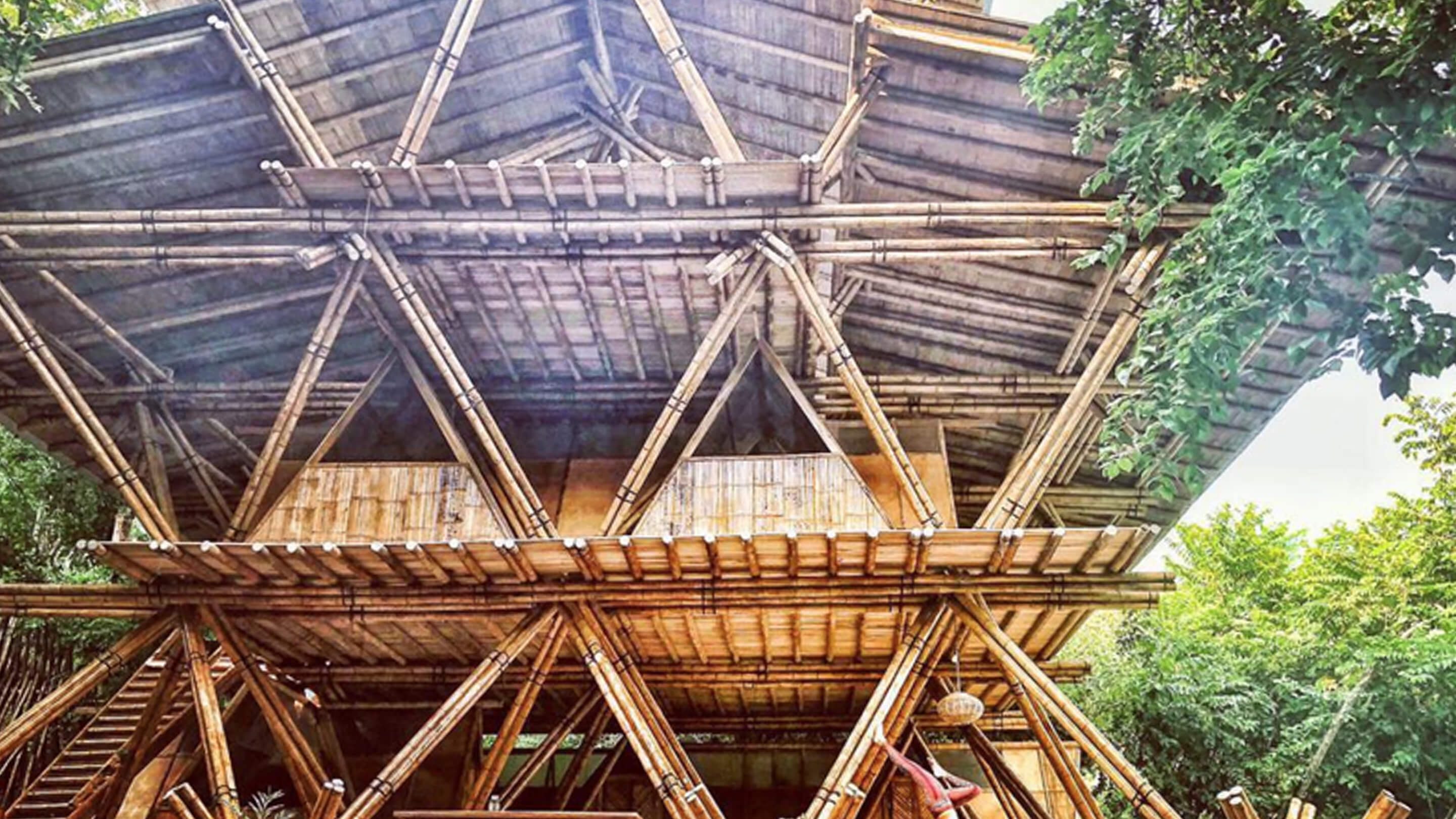
One With The Birds
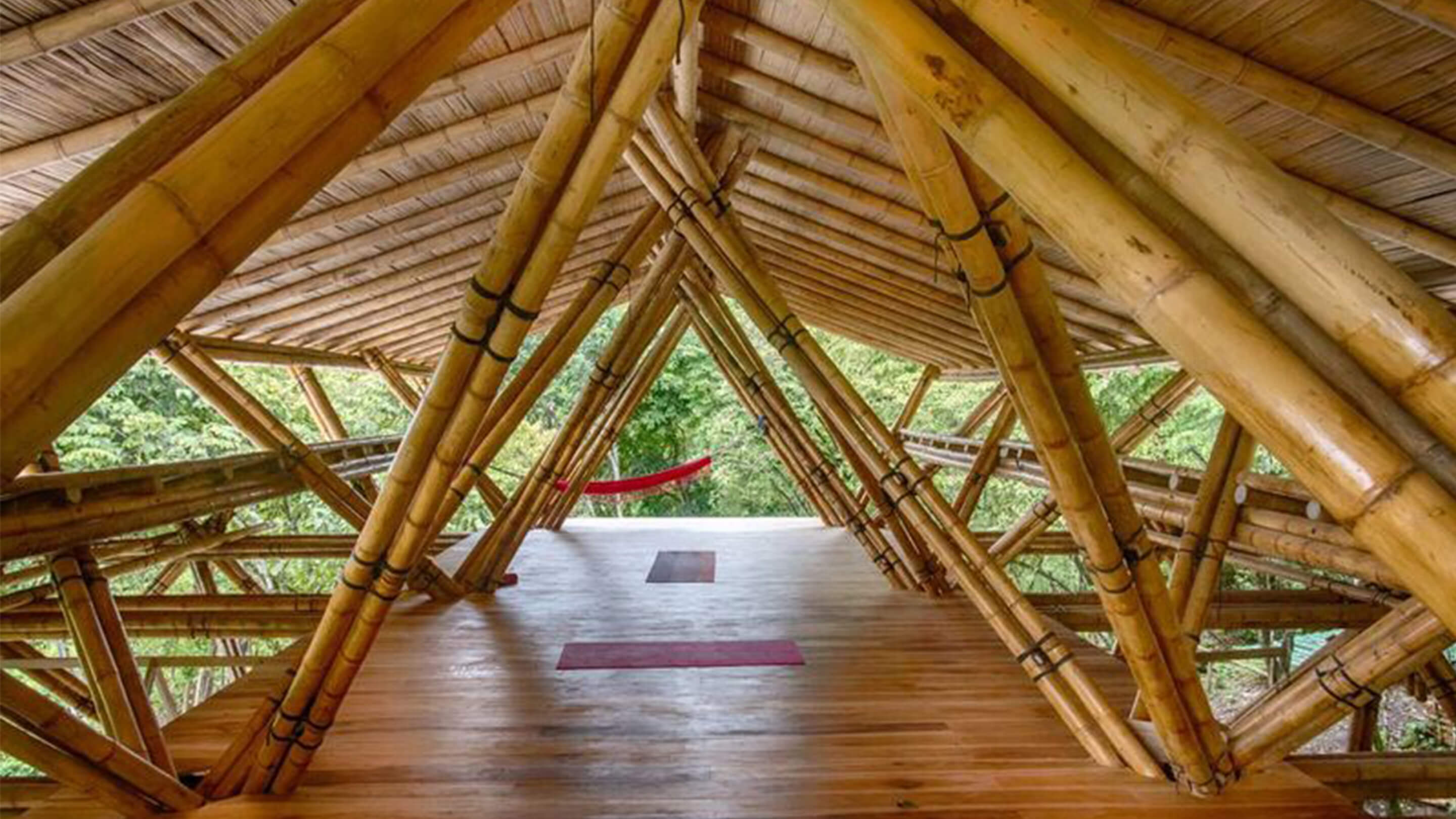
One With The Birds

One With The Birds
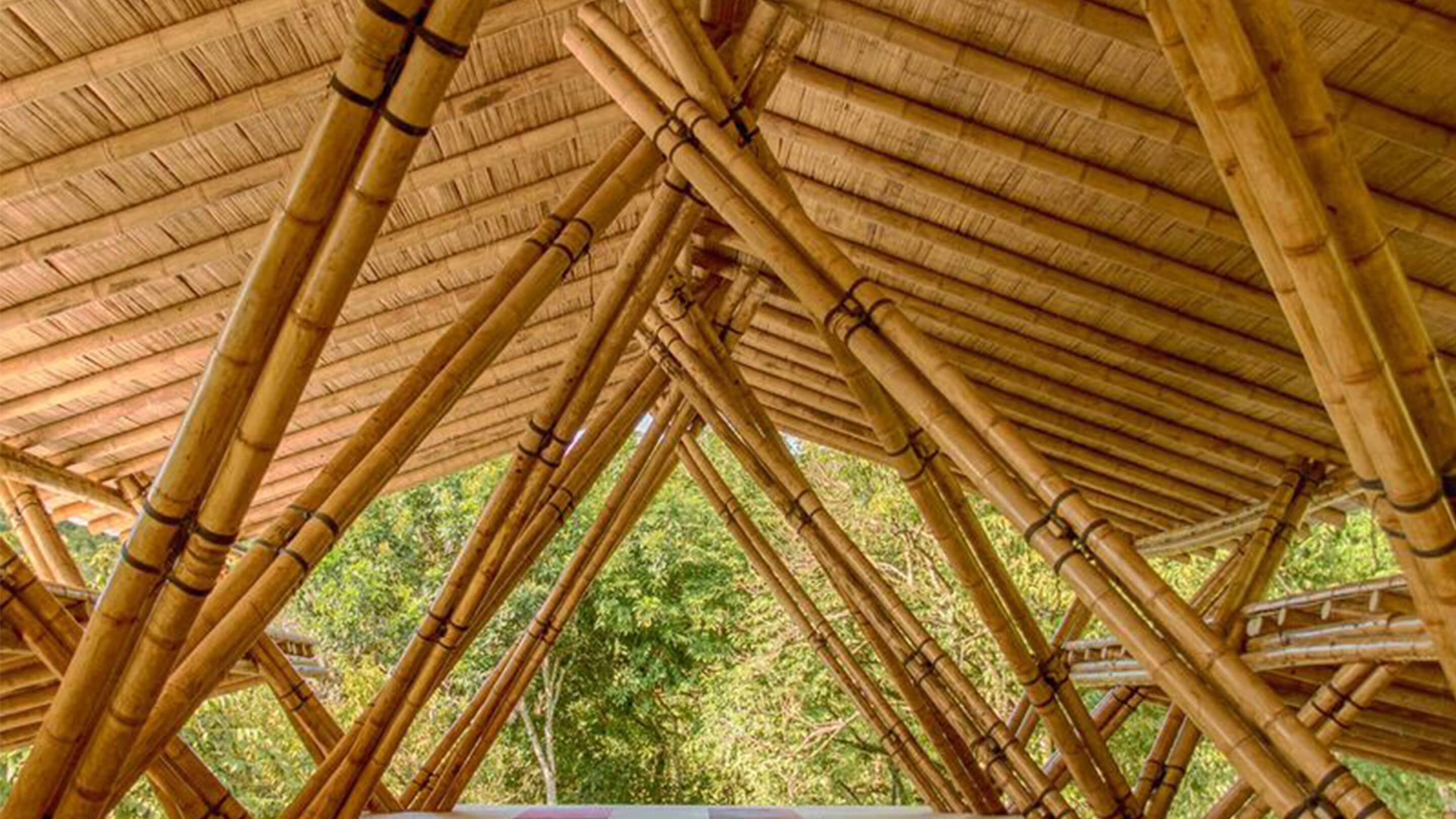
One With The Birds
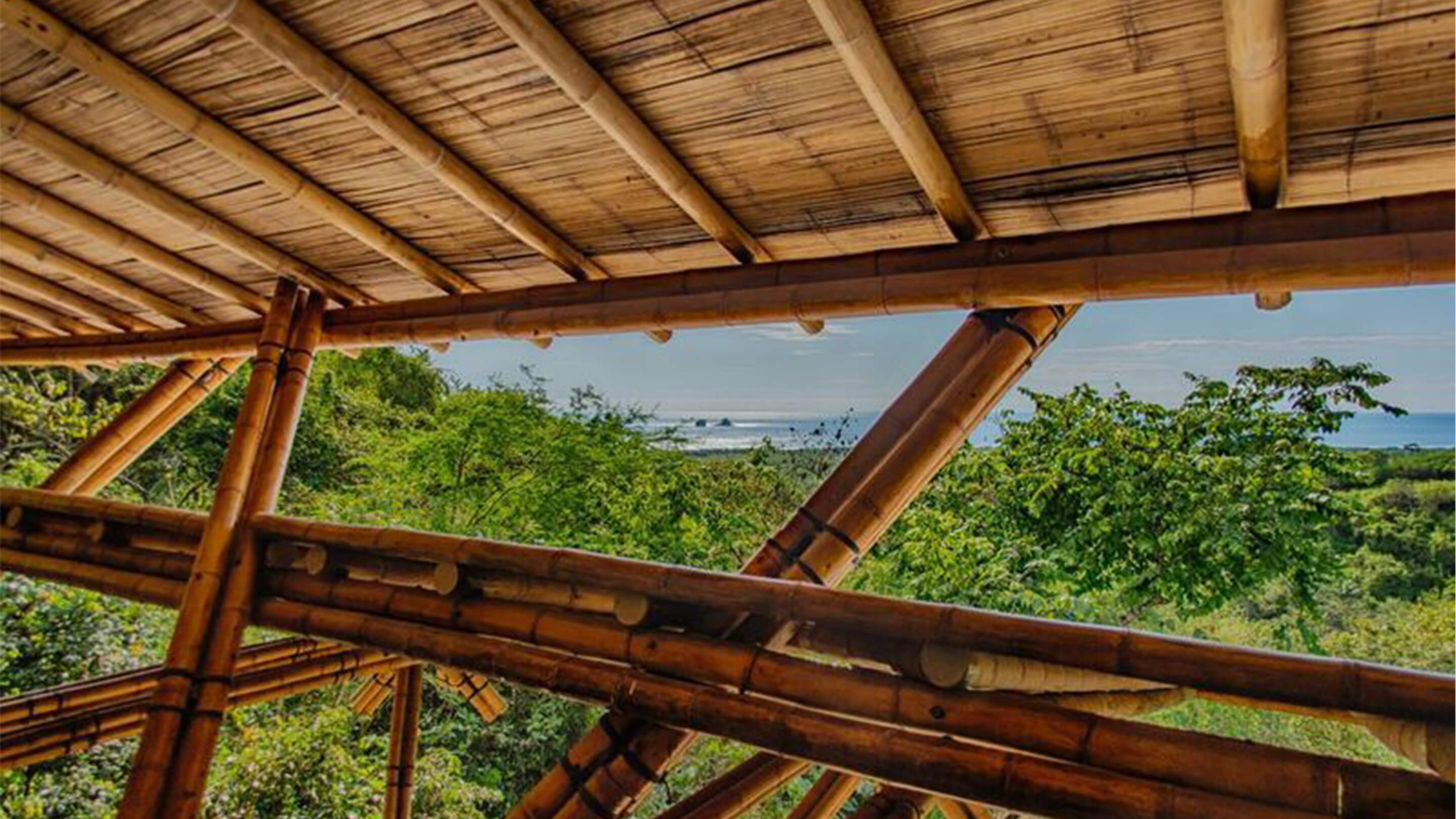
One With The Birds
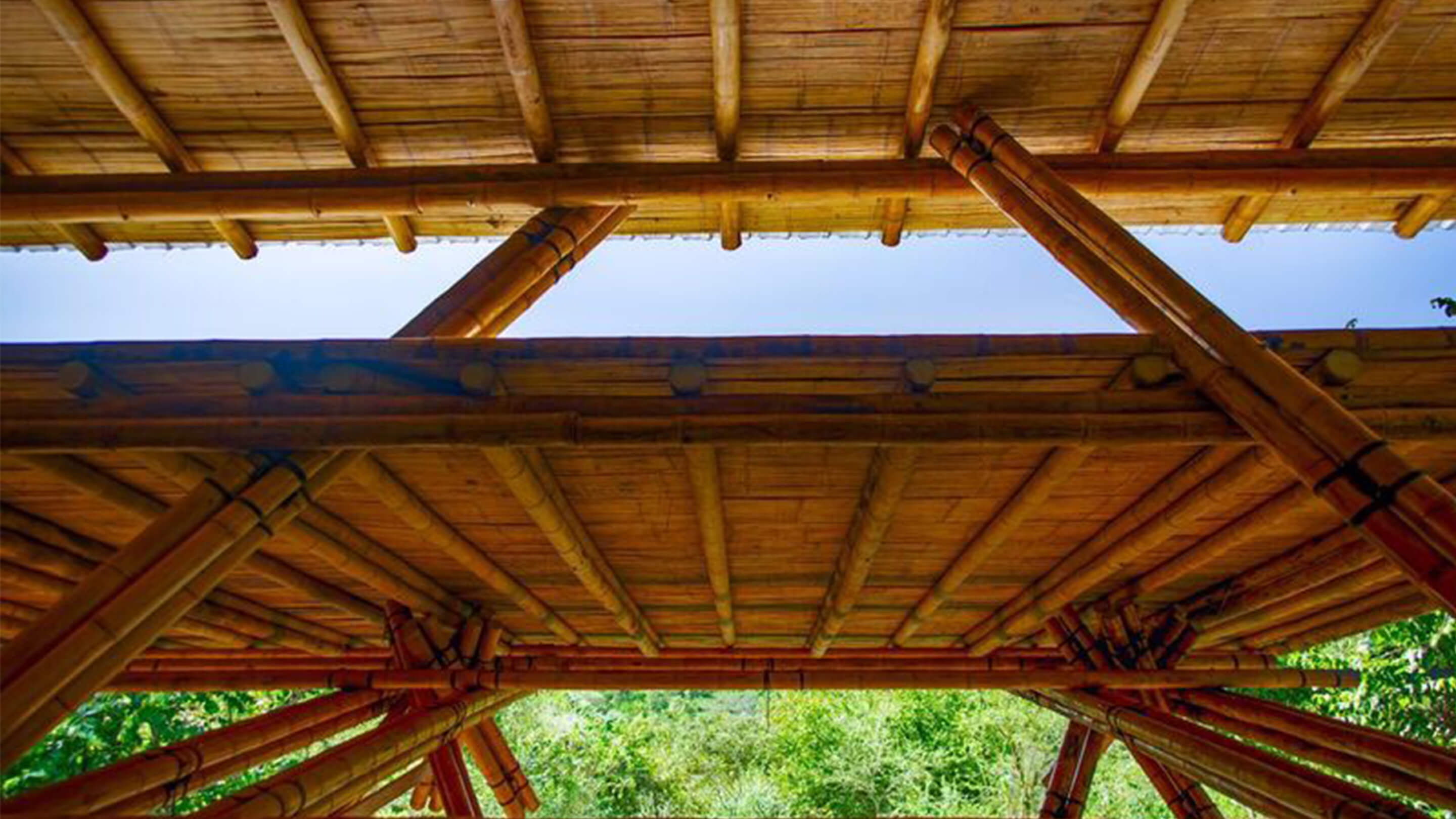
One With The Birds
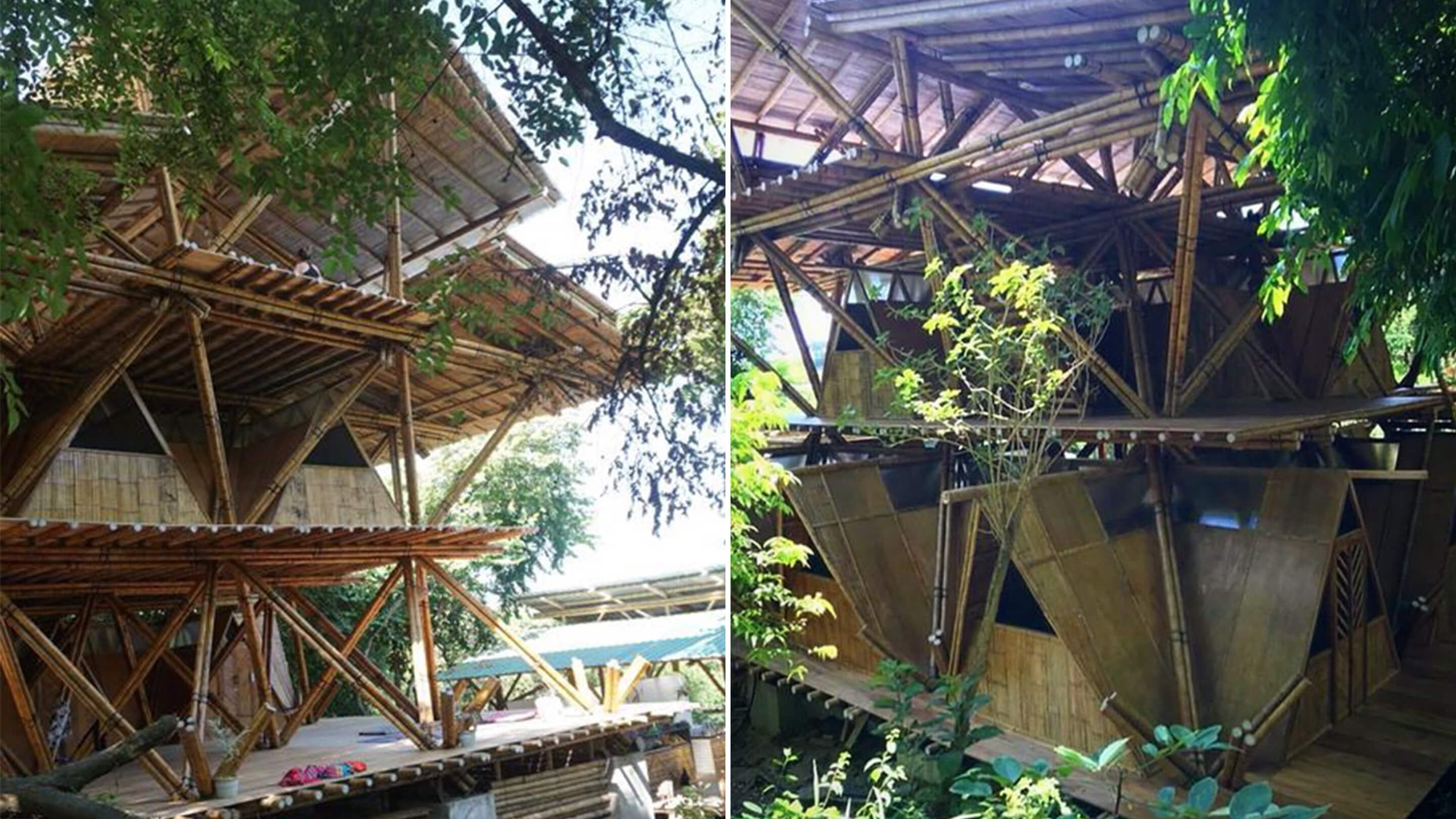
One With The Birds

One With The Birds
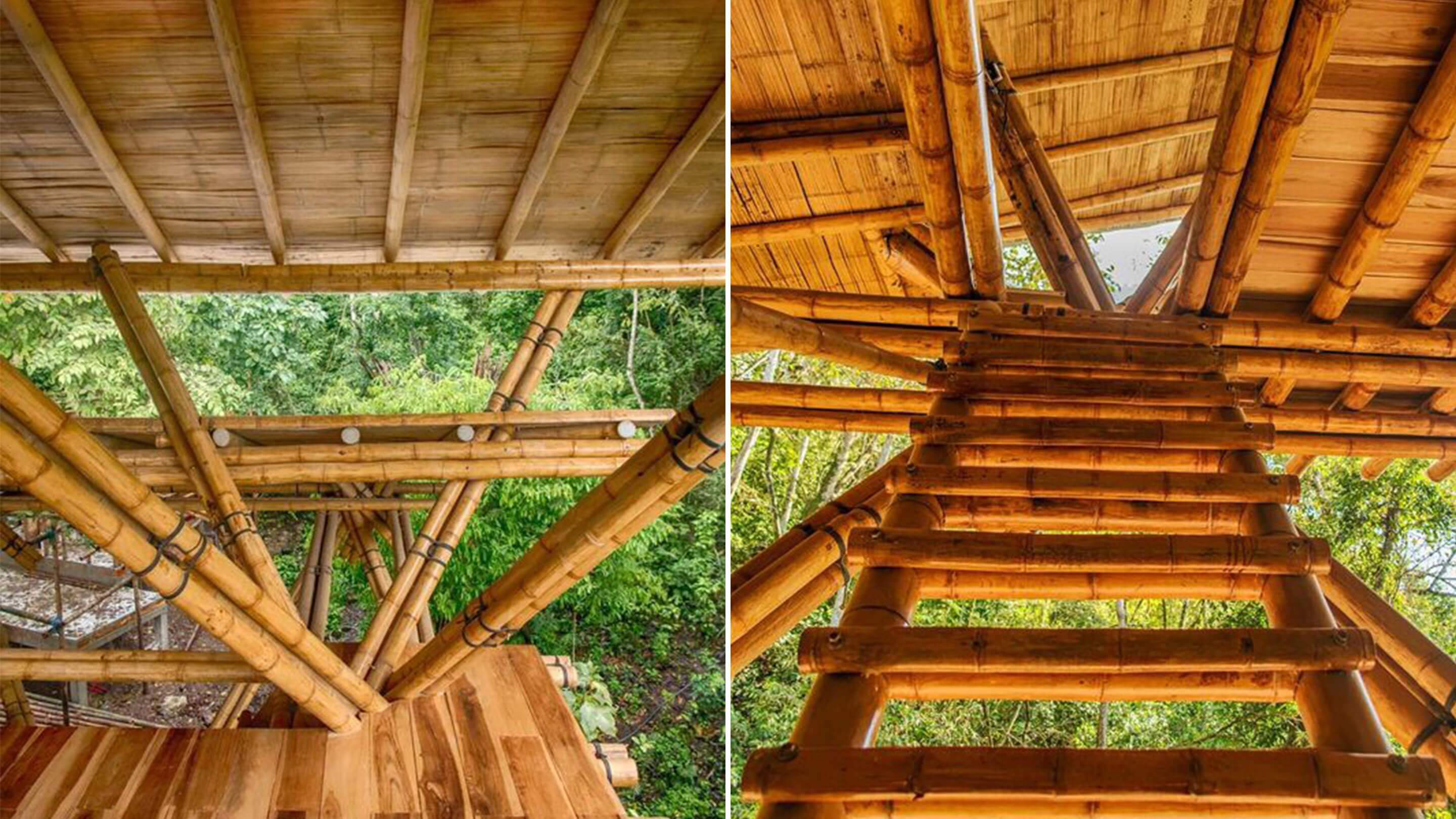
One With The Birds
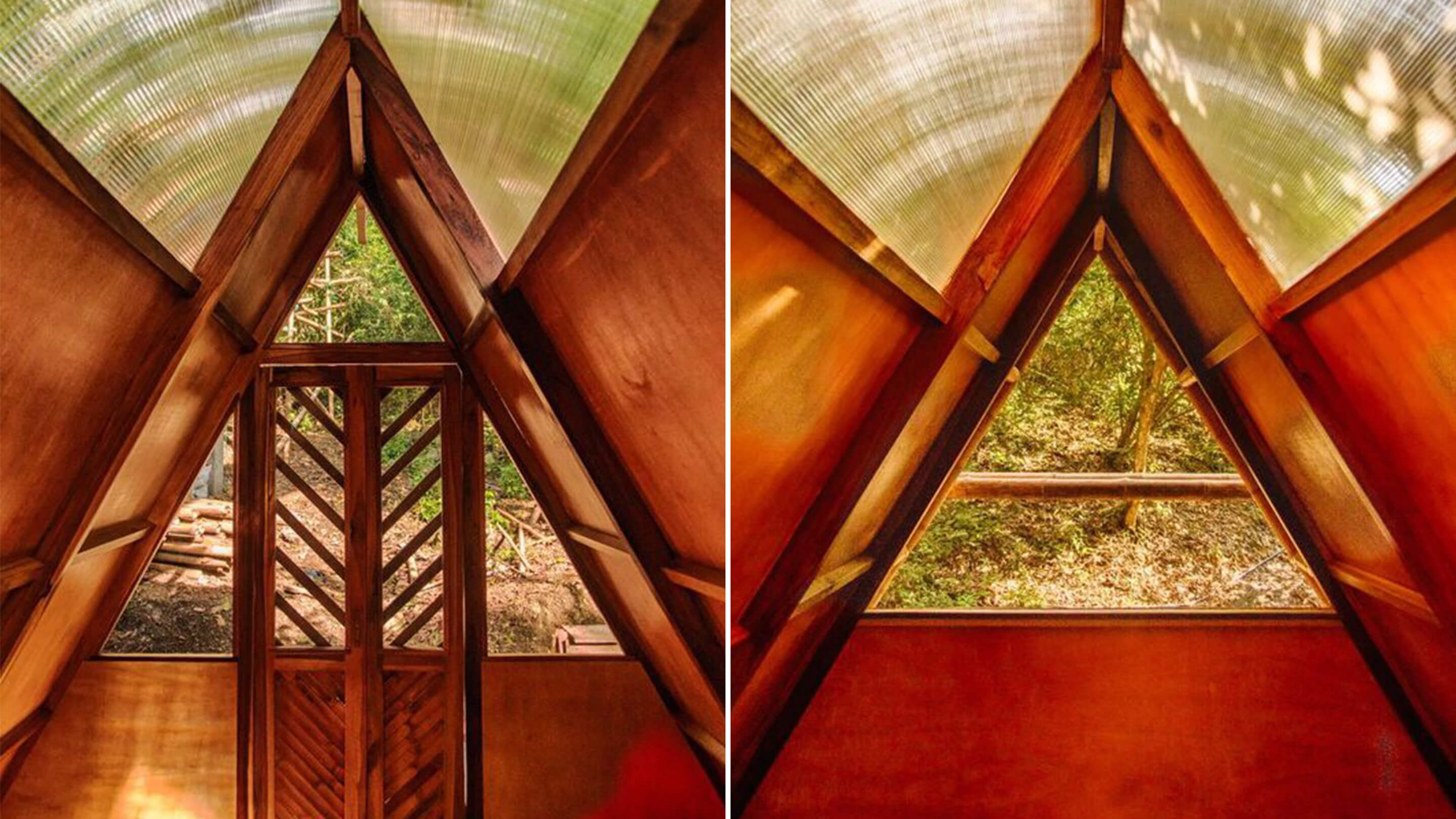
One With The Birds
Our design for the AIM 'legend of tent'competition is driven by 3 main principles: an ecological understanding of theproject, a flexible structure, which can be adept to different surroundings andcreating a comfortable atmosphere in a unique environment.
Ecological Understanding:
The design uses natural and local materials as astructural element. The focus was to create a connection which leaves no impacton the site, nor any harm on the bamboo itself, so after the temporary hotel isdeconstructed, the materials can be reused as scaffolding on a constructionsite or reused as another temporary hotel on a different location.
Flexible Structure:
The structure is inspired by the tipis of nativeamericans, which didnt leave any harm on the site, nor on the material itself,because the joints were connected with ropes, so the tents were easy toconstruct, deconstruct and carried. A truly flexible system.
For our structural system, a stick of bamboo getsrotated, mirrored and connected with a horizontal element, which creates thepossibility to grow in height. The columns get mirrord again, which fixes thebeam in their center. Depending on the height and span of the grid, the rows ofcolumns can be doubled, which results in a very clean joint. A rope can tie theconnection, so no screws or nails are used. the bamboo stays in its initialstate and can be reused afterwards.
The same knots of bamboo can be added in everydirection, which creates the same knot on every connection and stabilizes thewhole system. A new horizontal layer can be implemented and connects the beams,which creates a base for people to use the structure.
The width of the grid is 470cm with a floor tofloor height of 400cm. The base of the structure is elevated, so the foundationcan adept to any given landscape.By adding the same joints of bamboo and connectingthem with each other, we get a structural grid where triangulated pots can beimplemented: Sleeping pots of different sizes, larger pots for families,connected pots for larger functions like lobby or restaurant and pots for abathroom or toilette.
We see the structure not just as an element whichinhabits typical functions of a hotel and is connected to nature, we also seeit as an element, where nature can be implemented and after a certain time,those plants can grow take over the whole structure
Comfortable uniqueness:
The 3rd key principles of our design is to createa comfortable environment in a unique experience. Hiking through the woods, oneis normally surrounded by tree trunks, lacking a sense of orientation andvisibility. When we were kids, we used to experience our environmentdifferently. We used to connect to nature in a more direct way, climbing trees,enjoying unique views and exporing a different wildlife. We were connected toour environment in a 3 dimensional way. We were one with the birds...
This feeling of leaving city-life behind andgetting connected to nature and experiencing our natural environment is thedriving idea of our proposal.
With a flexible structural system and connected itwith comfortable spaces, we have the opportunity to create a variety ofbuildings of different sizes. depending on the needs, the size and amount cangrow: from single rooms to a family structure, to a size of a clubhouse or evenup to larger scales, which combine more functions of a typical hotel like alobby or restaurant withinone structure.
All is depending on the needs and on the demands,but each building connects in a very responsible diaglog to our naturalenvironment.
PROJECTNAME:One With The Birds
PROJECTTYPE:Architecture
PROJECTLOCATION:East Timor
PROJECTYEAR:2014
PROJECTSIZE:2000㎡
DESIGNCOMPANY:penda China
DESIGNER:Sun Dayong、Chris Precht
Copyright © Penda China 京ICP备2022022388号
